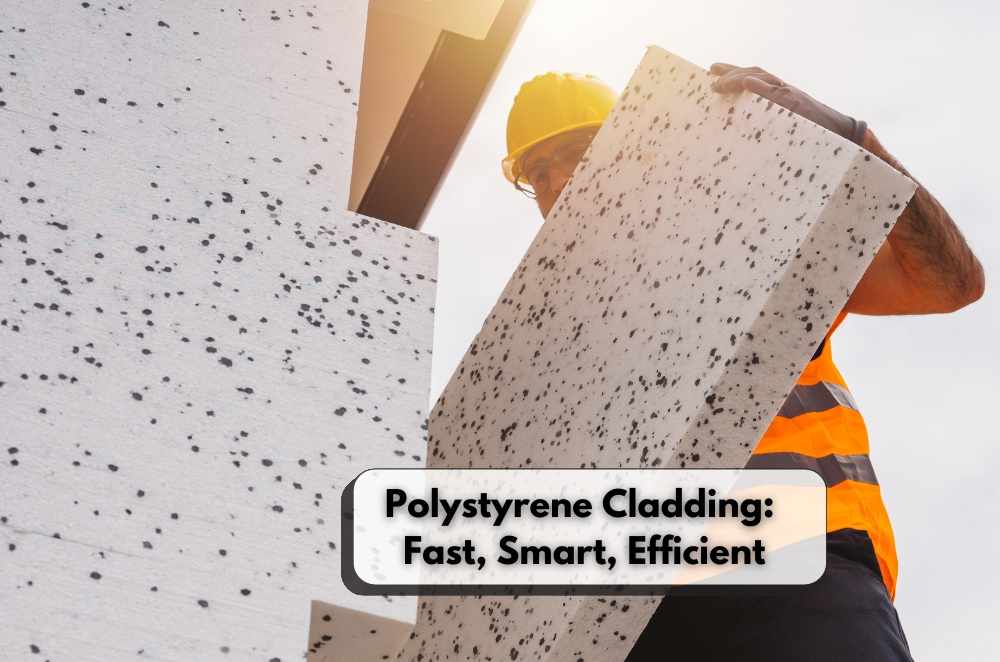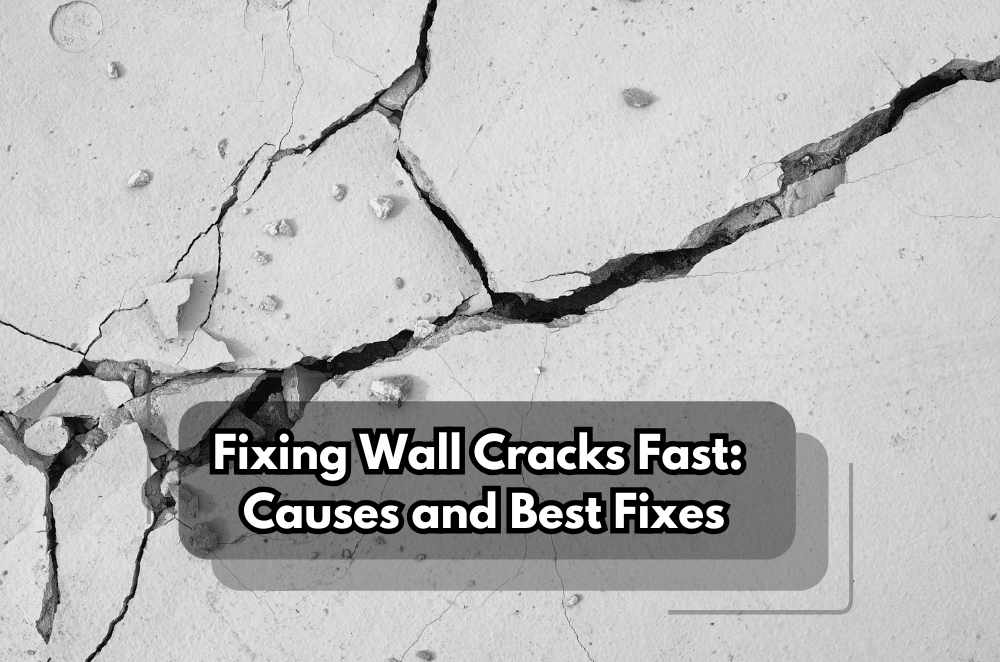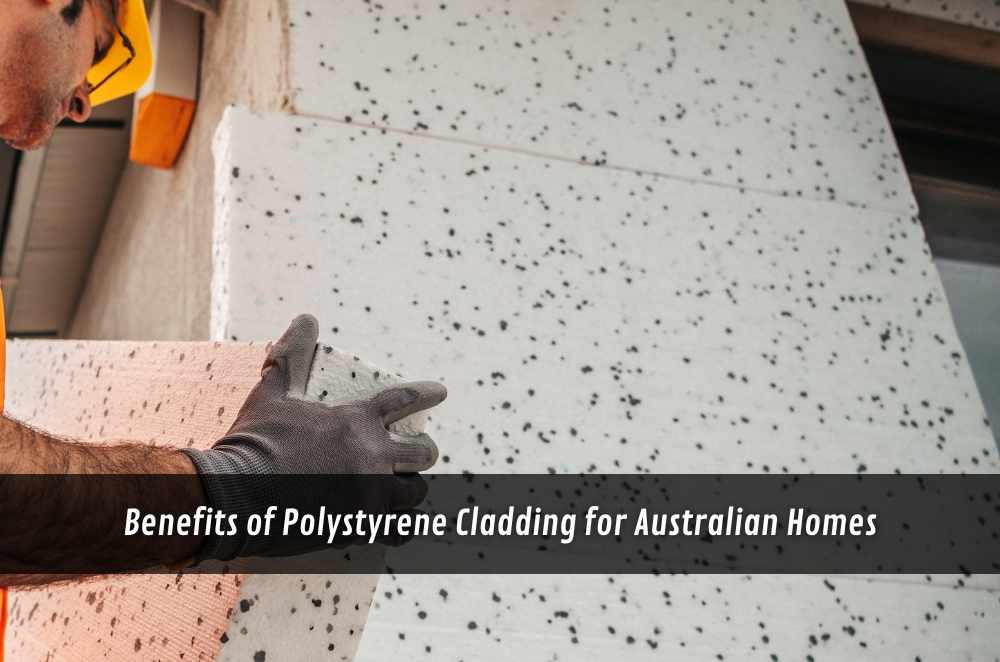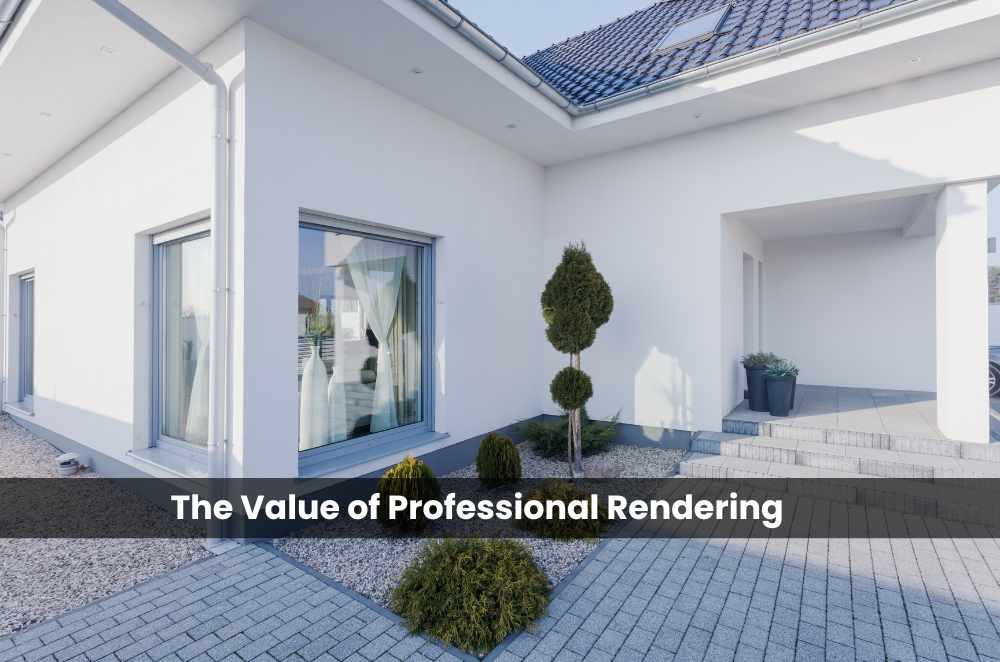When I decided to refresh my home’s exterior, one of the first decisions I faced was choosing the right render type. Having seen so many different styles of homes around Sydney, I knew this wasn’t a decision to take lightly. With so many options available, it was easy to feel overwhelmed. I started by reaching out to some rendering companies in Sydney, hoping to get advice on what would suit my home’s specific needs. Here's what I learned about how to choose the right render based on your house style.
Understanding Your House Style
I first realised that the type of render you choose should match your home’s overall look. Whether you're living in a traditional heritage home or a sleek, modern build, the right render can make a world of difference.
Heritage and Traditional Homes: If your home has a classic feel, like many of the older properties I’ve seen in the inner suburbs, then textured renders such as lime render or cement-based options are a great choice. These materials complement the historic charm while providing durability.
Modern Homes: For contemporary homes, a smooth, sleek finish, like an acrylic render, can give a crisp and minimalist appearance. This style enhances the architectural lines of your home, creating a clean, streamlined look.
Choosing the Right Material
Once I better understood my home's style, I needed to think about materials. Different render materials have distinct characteristics, so it’s essential to choose wisely.
Acrylic Rendering: Known for its flexibility and smooth finish, acrylic rendering is perfect for modern houses. It also offers excellent insulation and weather resistance, which can be helpful in Sydney's harsh sun.
Cement Rendering: This is a more traditional choice and ideal for homeowners looking for a rustic, textured look. Cement render is durable and weather-resistant, which makes it suitable for homes that experience extreme weather conditions.
Polystyrene Cladding: If you’re after energy efficiency, polystyrene cladding is an excellent option. This material offers high thermal insulation, making it ideal for homes needing extra protection against heat or cold.
Why Texture Matters
The texture of the render is just as important as the material, especially when you want to match the render to the style of your house. After researching different finishes, the texture could enhance the appearance of a home.
Smooth Finish: For modern homes, a smooth render finish is the best way to create a minimalist, contemporary look.
Textured Finish: On more traditional houses, a textured finish—whether it’s a trowelled or sponge finish—can add character and depth to the exterior.
Custom Designs: For a unique look, some homeowners opt for custom finishes like spray-on textures that create a more personalised, one-of-a-kind exterior.
Practical Considerations
Finally, I learned that choosing a render also depends on more than just aesthetics. I had to consider long-term maintenance and performance as well. This is where a guide on house rendering helped me, as it covered practical tips on upkeep and durability.
Maintenance: Some types of render require more upkeep than others. For instance, acrylic render is low-maintenance compared to cement-based finishes, which can be prone to cracking over time.
Weather Resistance: Sydney’s climate can be harsh, with salty air by the coast and intense heat in the west. I had to choose a render that would hold up well against the elements.
Ultimately, I opted for a modern house rendering approach, choosing materials that aligned with my home's style and its practical needs. The right render enhances the visual appeal and provides lasting protection against the elements, ensuring my house looks great for years.











Write a comment ...